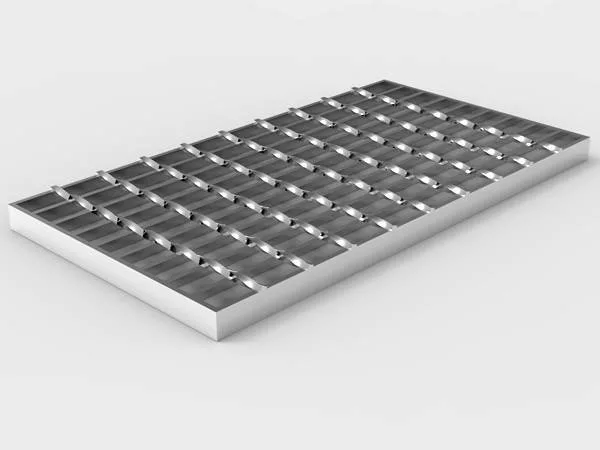Understanding the Cost of Perforated Sheets Factors and Implications
Perforated sheets, consisting of a material sheet with a series of holes punched through it, are widely utilized in various industries due to their versatile applications. From architectural designs to industrial uses, perforated sheets are integral components in many products. However, the cost of perforated sheets can vary significantly, depending on several critical factors. This article delves into the key elements that influence the pricing of perforated sheets and their implications for consumers and manufacturers alike.
Material Selection
One of the foremost factors that affect the cost of perforated sheets is the type of material used. Common materials include metals like stainless steel, aluminum, and carbon steel, as well as non-metal options like plastic and fiberglass. Each material has distinct properties, including strength, corrosion resistance, and weight, which contribute to its price. For example, stainless steel is generally more expensive than aluminum due to its durability and resistance to corrosion, making it suitable for applications in harsh environments. On the other hand, while plastic perforated sheets may cost less, they may not offer the same durability as metal options.
Hole Size and Pattern
The size, shape, and pattern of the holes punched in the sheet also play a significant role in determining cost. Custom-designed holes or intricate patterns require specialized machinery and more time during the manufacturing process, which can increase the production costs. Conversely, standard hole sizes and patterns can be produced more efficiently and at a lower cost. Therefore, businesses looking for cost-effective solutions might opt for standard specifications unless their projects necessitate custom designs.
Sheet Thickness and Size
perforated sheet cost

Thickness and overall size of the perforated sheet are additional factors affecting cost. Thicker sheets are typically more expensive due to the higher amount of material used. Furthermore, larger sheets not only require more raw material but may also entail a more complex handling and production process, further elevating costs. For instance, while a standard 4x8 foot sheet of metal may have a straightforward price, a thicker version of the same size will naturally incur higher costs. Understanding the specific needs of a project can help in selecting the appropriate thickness and dimensions, thus controlling costs.
Production Volume
The volume of the order can also influence the pricing of perforated sheets significantly. Bulk purchases often lead to lower costs per unit due to economies of scale in production. Manufacturers may offer discounts for large orders, making it more cost-effective for businesses seeking high quantities. Small orders, however, may result in relatively higher prices, as setup and manufacturing processes are less efficient for lower volumes.
Coating and Finishing
Many applications of perforated sheets require specific coatings or finishing treatments. These additional processes—such as galvanizing, powder coating, or painting—can add to the overall cost but provide benefits such as enhanced corrosion resistance and aesthetic appeal. The necessity of these additional treatments should be carefully considered against their associated costs, particularly for outdoor applications or environments prone to wear and tear.
Conclusion
In summary, the cost of perforated sheets is influenced by various factors including material choice, hole design, thickness and size, order volume, and any additional coatings or finishes. Businesses need to weigh these factors against their specific requirements to make informed decisions about purchasing perforated sheets. Engaging with manufacturers who can provide transparent pricing and options tailored to the unique needs of a project can help optimize both costs and applications. As industries continue to evolve and demand for specialized components increases, understanding these cost factors will remain critical for both consumers and manufacturers seeking to harness the benefits of perforated sheets effectively.
-
Versatility of Expanded Aluminum Metal for Various Applications
NewsMay.19,2025
-
The Geometry of Steel Gratings: Why It Matters
NewsMay.19,2025
-
Reinforcement Applications of Perforated Mesh in Masonry
NewsMay.19,2025
-
Essential Tools for Installing a Deck Mesh Railing
NewsMay.19,2025
-
Anti-Slip Flooring Made with Stainless Expanded Mesh
NewsMay.19,2025
-
Adjustable Steel Grating for Uneven Terrain
NewsMay.19,2025
Subscribe now!
Stay up to date with the latest on Fry Steeland industry news.

